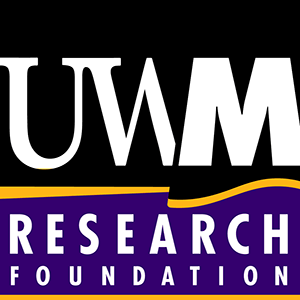
OTT1124
Applications
Hospital or clinical settings where MRI and spectroscopy scanning is utilized
Target Problems
For MRI scans and spectroscopy, any patient motion reduces image quality and, if extreme, can degrade the image to the point that it is compromised, and the scan must be repeated. Sedation and/or restraint systems can be helpful with adults but are not effective with children.
Key Features
- Better quality –Provides optimized image quality by reducing or eliminating motion-induced artifacts
- Lower costs –Reduces need for sedation and decreases call-backs and re-scans
- New Revenues –Accommodates new patients who were previously unable to lie still or were uncooperative
- Novel detection system –Six degrees of motion detection provide faster tracking speed and better stability
- Scalable –The technology can take advantage of faster digital signal processors as they become available
Technology
While most healthy adults can stay still and tolerate longer scan times, some patients such as infants, children, and claustrophobic patients often have difficulty remaining still.
The typical way to control motion in real-time adaptive magnetic resonance imaging (MRI) and spectroscopy is to sedate the patient and/or use a restraint system (e.g. straps) or fixtures that remind the patient to remain still. The use of post-processing techniques can help clean-up images affected by motion, but these are not an ideal solution or as effective. A two-camera motion detection system is being developed to subtract out motion, but to date has not solved the problem.
The current invention addresses the issue of external patient motion with a hardware and software solution that compensates in real-time for patient movement during an MRI acquisition. Retrograde reflector (RGR) technology is utilized for real-time motion detection and correction. The positional change data is fed to the MRI acquisition control system and the gradients are adjusted accordingly to maintain the center of the acquisition plane – thus eliminating motion artifacts.
Intellectual Property
U.S. Utility Patent Issued 14/698,350
Validated EPC (Germany) EP2023812B1
This technology is part of an active and ongoing research program, has been successfully modeled, a prototype is under construction, and is seeking partners for development of the final product. It is available for developmental research support/licensing under either exclusive or non-exclusive terms.

